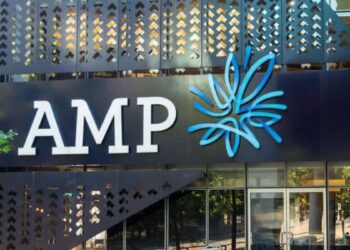However, the biggest challenge for the sector’s 2019 performance would be whether investors would continue to remain enthusiastic, the firm said.
Through the first week of February, there was USD $21.1 billion of inflows into EM fixed income and this included USD $10.9 billion into hard-currency bonds, USD $3.7 billion into local-currency EM bonds and USD$6.5 billion into EM bond ETFs – their second-highest inflow on record.
“Sentiment for EM actually began to turn positive last November, and looking at the trailing three-month performance shows the depth of the rebound – the EMBI returned 5.37 per cent, the CEMBI 3.29 per cent and the GBI-EM 9.83 per cent,” the firm said in the press release.
Additionally, valuations are more attractive than they were in quite a while and, according to Eaton Vance, the flows were expected to stay supportive.
At the same time, fundamentals remained a concern in some key countries and global macro risks such as slower growth, ongoing trade wars and renewed Fed rate hikes could reassert themselves.
“The need for country-specific due diligence and careful evaluation of risk factors is as important as ever,” the firm said.





